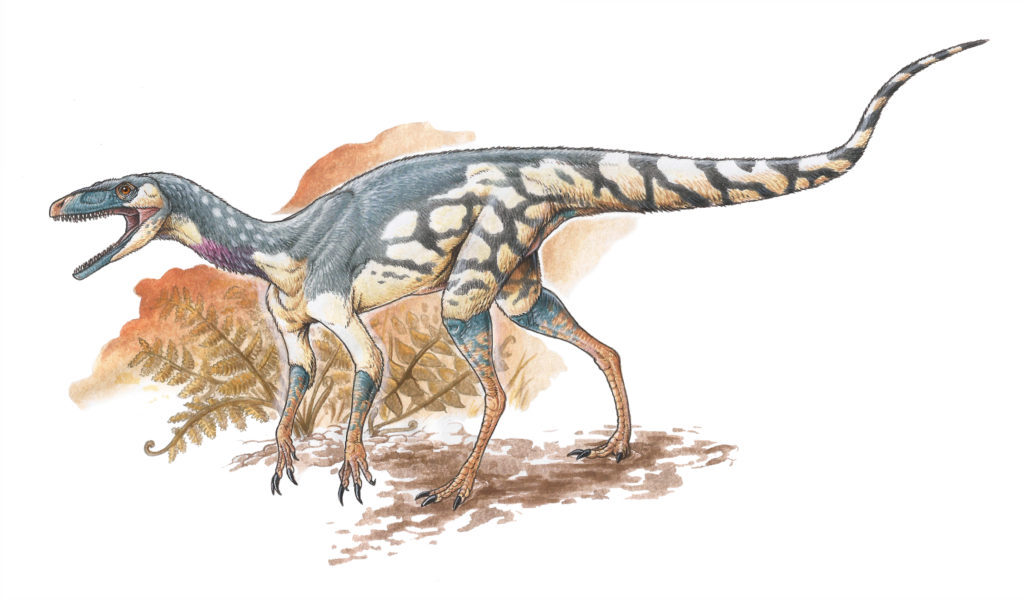The new species, which is 220 million years old, was named Soumyasaurus aenigmaticus. This “grandfather” of the dinosaurs had very good vision and was very agile, which would have been key for him to survive among the protococodrilo giants that dominated during the Triassic period.
Agencia CTyS-UNLaM – This specimen had a skull of only four centimeters. Dr. Federico Agnolin, researcher at the Argentine Museum of Natural Sciences (MACN) and CONICET, told the CTyS-UNLaM Agency that “this new species is an ancestor, a kind of grandfather of the dinosaurs and, by the shape of its teeth, we interpreted that it fed on insects that it captured nimbly among the ancient Texan forests “.
After the great extinction of the Permian – the greatest extinction the Earth has ever known – a new era began, the Triassic period, and in which the dinosaurs originated. But dinosaurs did not dominate the world with ease and it took them millions of years to reach gigantic sizes.
“The skull of the Soumyasaurus has many features that makes us think of the current birds, while we were able to recognize that it had a very sharp ear and a spectacular vision,” said the Argentinean researcher who carried out this research together with the specialists Volkan Sarıgül and Sankar Chatterjee of the Texas Museum.

Because of these characteristics, specialists believe that it could have been a nocturnal animal. Their fossils were found in the Post-Quarry field, in western Texas, in 1993. However, due to the same characteristics of the specimen, the enigmas of this new species have not been interpreted or solved until today.
“Although the size of the Soumyasaurus aenigmaticus did not exceed half a meter, it was an agile and intelligent animal,” Agnolin said. And then he analyzed: “Possibly, these characteristics allowed this species and its relatives to be very successful and capable of escaping from the jaws of the enormous reptiles with which they lived”.
The Soumyasaurus is an ancestor of the first dinosaurs. It also has features similar to current birds, that is to say, has similarities with modern dinosaurs that managed to survive the extinction that occurred 65 million years ago.
Also, in this site in Texas, a vertebral column and fragmentary remains of other saurians were found that are described in this study published in the Natural History magazine of the Félix de Azara Foundation.
The first dinosaurs and the first giant
During almost all the Triassic period that extended until the 200 million years, the dinosaurs had sizes not very greater to those of a dog or a sheep. Recently, a few months ago, researchers from the Institute and Museum of Natural Sciences of the University of San Juan (IMCN) unveiled the first case of gigantism among dinosaurs, from an herbivore species about 208 million years old. which they baptized as Ingentia prima.
However, this case is an exception to the size of the dinosaurs at that time. And the characteristics observed in the Soumyasarus would have been decisive for the dinosaurs, finally, managed to dominate the Earth for the next 180 million years.
At the time of Soumyasaurus aenigmaticus, the continents were united forming a huge continental mass known as Pangea and there were still no flowering plants, grasses or weeds, so it is estimated that the Triassic world did not have many colors.
Pangea contained great deserts in its interior and because it was fragmented by oceans, the animals could be distributed from one side of the globe to the other. That is why similar animals are found in distant points of the Planet for that time.


